The landscape of digital transformation is rapidly evolving, compelling businesses to adopt innovative strategies that enhance agility and operational efficiency. Automation tools like Zapier and HubSpot are at the forefront of this transformation, serving as pivotal elements that facilitate streamlined workflows, data integration, and process optimisation.
Automation tools are essential in reducing manual workloads and enabling teams to focus on more strategic, value-added activities. With technology continually advancing, businesses that embrace automation are better positioned to adapt quickly to market changes and maintain a competitive edge. Let’s delve into how tools like Zapier and HubSpot contribute significantly to digital transformation and business agility.
Understanding Automation in Digital Transformation
Digital transformation involves integrating digital technology into all areas of a business. It fundamentally changes how companies operate and deliver value to customers. At its core, digital transformation is about enhancing business agility—empowering organisations to pivot quickly, innovate, and respond to changes and disruptions with agility and efficiency.
Automation tools like Zapier and HubSpot enable this transformation by automating routine tasks, ensuring seamless communication between different platforms, and improving data accuracy. Zapier connects apps and automates workflows, allowing businesses to create ‘Zaps’—automated workflows that reduce the manual handling of repetitive tasks. On the other hand, HubSpot provides an all-in-one platform for marketing, sales, and service teams, enhancing customer relationship management and streamlining operations.
Automation Tools Driving Business Agility
Business agility hinges on the ability to make fast, informed decisions. Automation tools play a crucial role in this by providing real-time data and insights, enhancing decision-making processes. For instance, automation applications can simplify the data collection process across various departments, ensuring stakeholders have the most accurate and current information.
For example, Zapier’s ability to bridge different software platforms allows businesses to maintain consistent data workflows, while HubSpot’s analytics tools provide in-depth insights into customer behaviour and marketing performance. This integration leads to more informed decision-making, with businesses able to allocate resources more efficiently and mitigate risks promptly.
Strategies to Achieve Business Agility and Efficiency
1. **Integrate Platforms to Eliminate Silos:** Integrating platforms through automation tools can eliminate departmental siloes, ensuring seamless data flow and communication across all areas of the business. This enhances collaboration and enables teams to work more cohesively towards common business objectives.
2. **Customise Workflows with Flexibility:** Customisable workflows allow businesses to tailor operations according to specific needs. Zapier offers hundreds of pre-built integrations that businesses can quickly implement to automate repetitive tasks. Customised solutions ensure that automation aligns perfectly with business strategies.
3. **Focus on Continuous Improvement and Scaling:** Businesses should focus on continuous improvement by regularly reviewing and optimising automated workflows. Automation tools possess features like A/B testing and workflow analytics, which are essential for fine-tuning processes and achieving scalability.
4. **Invest in Employee Training:** As automation tools evolve, businesses must invest in training employees to adapt to new technologies. By doing so, employees can optimise the use of tools like HubSpot’s CRM features, driving greater efficiency and reducing the learning curve associated with digital transformation.
5. **Data-Driven Decisions:** Automation tools provide vast amounts of data that can inform business strategies. Companies should leverage the analytics capabilities of these tools to draw actionable insights. With HubSpot’s robust analytics, marketing teams can track campaign performance and ROI, enabling better resource allocation and strategy refinement.

Industry Examples Highlighting Success
Several companies have successfully harnessed the power of automation tools to drive digital transformation. For instance, a study by Forrester Consulting discovered that implementing automation with tools like HubSpot led to a 15% increase in marketing efficiency among companies surveyed. Additionally, businesses using Zapier reported saving hundreds of hours annually by automating repetitive tasks.
A notable example is a mid-sized e-commerce company that integrated HubSpot’s CRM with multiple sales and marketing tools via Zapier. This integration streamlined their sales pipelines, resulting in a 30% increase in customer retention rates and a 20% reduction in the sales cycle duration. Such outcomes underscore the transformative impact of thoughtfully applied automation tools.
Embrace Digital Transformation with Personalised Solutions
The benefits of digital transformation through automation are substantial, with improved efficiency, agility, and decision-making at the forefront. Tools like Zapier and HubSpot are instrumental in facilitating these transformations, enabling businesses to automate routine tasks and focus resources on strategic initiatives. However, the success of these initiatives depends on a tailored approach that aligns with an organisation’s unique needs and objectives.
For businesses looking to stay ahead in an ever-evolving market, exploring how automation can enhance their operations is crucial. With the right strategy and tools in place, your business can achieve greater agility and efficiency, ultimately leading to sustained growth and success.
Discover how Pineo can support your journey towards digital transformation. Our solutions are designed to integrate seamlessly with automation tools like Zapier and HubSpot, enabling your business to unlock its full potential. Let us help you harness the power of automation for your digital transformation needs, ensuring that your business remains agile and competitive in today’s dynamic landscape.





